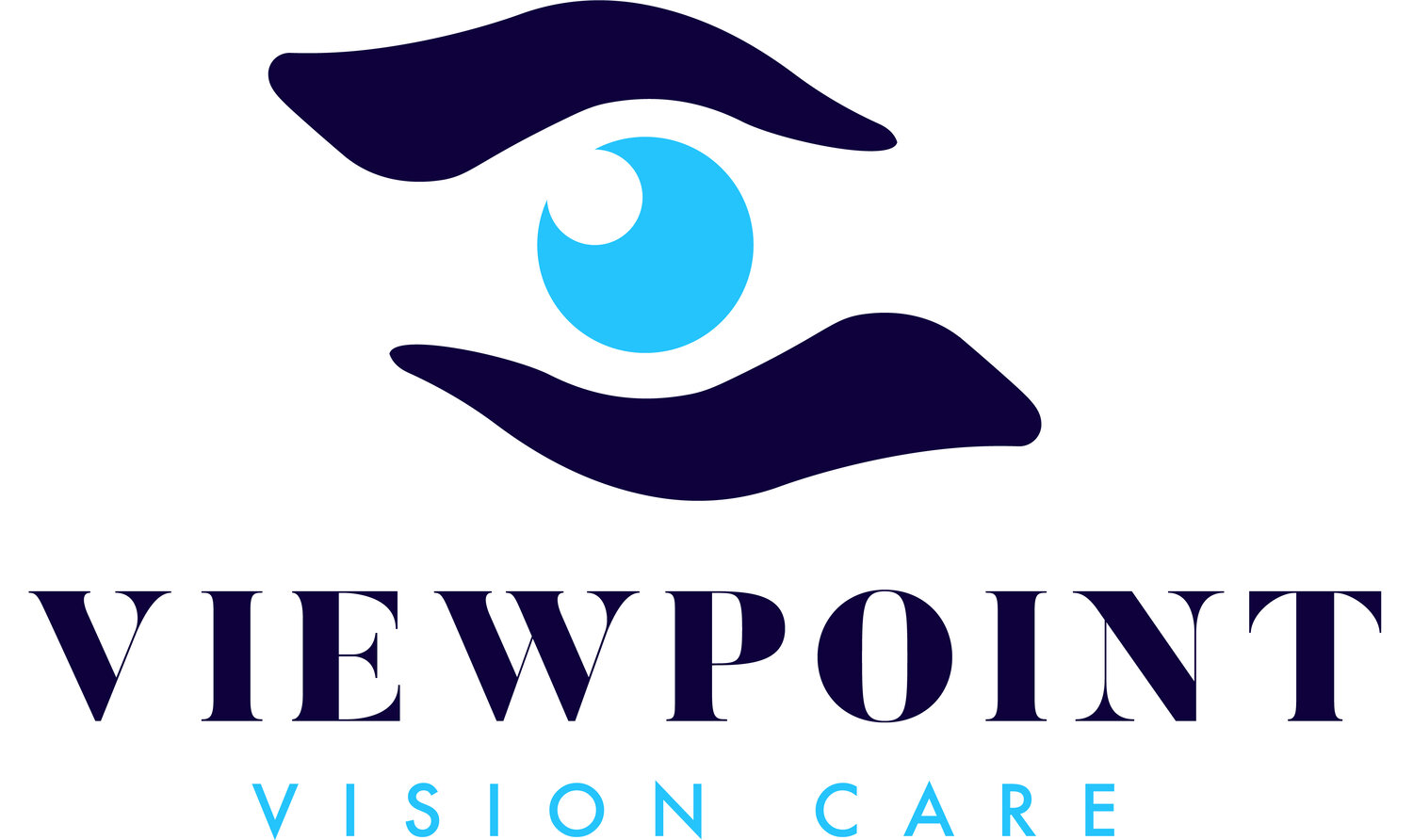January is Glaucoma Awareness Month: What You Need to Know
January is Glaucoma Awareness Month, a time to shine a spotlight on the "silent thief of sight" and the importance of early detection. At Viewpoint Vision Care, we are committed to educating our community about this serious eye condition, which can lead to irreversible vision loss if not treated promptly.
Read on to learn what glaucoma is, who is at risk, and how you can protect your vision.
What is Glaucoma?
Glaucoma refers to a group of eye conditions that damage the optic nerve, often due to elevated pressure inside the eye. The optic nerve is critical for transmitting visual information from the eye to the brain, and damage to it can result in permanent vision loss.
Types of Glaucoma
Open-Angle Glaucoma: The most common form, it progresses slowly and painlessly, often without noticeable symptoms until significant vision loss occurs.
Angle-Closure Glaucoma: Less common but more severe, this type can cause sudden symptoms such as severe eye pain, nausea, and blurred vision.
Why is Early Detection Important?
Glaucoma is known as the "silent thief of sight" because it often develops without any symptoms. By the time vision changes are noticeable, significant and irreversible damage may have already occurred.
Regular eye exams are the best way to detect glaucoma early. Advanced screening tools, like those used at Viewpoint Vision Care, can identify signs of glaucoma even before symptoms arise.
Are You at Risk for Glaucoma?
Certain factors increase your risk of developing glaucoma:
Age: People over 60 are at higher risk.
Family History: A family history of glaucoma can increase your likelihood of developing the condition.
Ethnicity: African Americans and Hispanics are more likely to develop open-angle glaucoma, while Asians have a higher risk for angle-closure glaucoma.
Medical Conditions: Diabetes, high blood pressure, and other conditions can increase your risk.
Eye Injuries: Trauma to the eye can elevate your risk.
How is Glaucoma Treated?
While there is no cure for glaucoma, early detection and treatment can slow its progression and help preserve vision. Common treatments include:
Medications: Eye drops or pills to lower intraocular pressure.
Laser Therapy: Minimally invasive procedures to improve drainage in the eye.
Surgery: In advanced cases, surgical intervention may be required.
What Can You Do to Protect Your Vision?
Schedule Regular Eye Exams
Comprehensive eye exams are essential for catching glaucoma early. At Viewpoint Vision Care, we use the latest diagnostic tools to monitor your eye health and assess your risk.Know Your Family History
Discuss your family’s eye health history with your eye doctor, as genetics play a significant role in glaucoma risk.Adopt a Healthy Lifestyle
Regular exercise, a balanced diet, and managing conditions like diabetes can contribute to overall eye health.Take Medications as Prescribed
If you are diagnosed with glaucoma, following your treatment plan is critical to managing the condition.
Schedule Your Eye Exam Today
Don’t wait until it’s too late—early detection is the key to protecting your vision. Contact Viewpoint Vision Care todayto schedule your comprehensive eye exam during Glaucoma Awareness Month. Let’s work together to preserve your vision for years to come.
